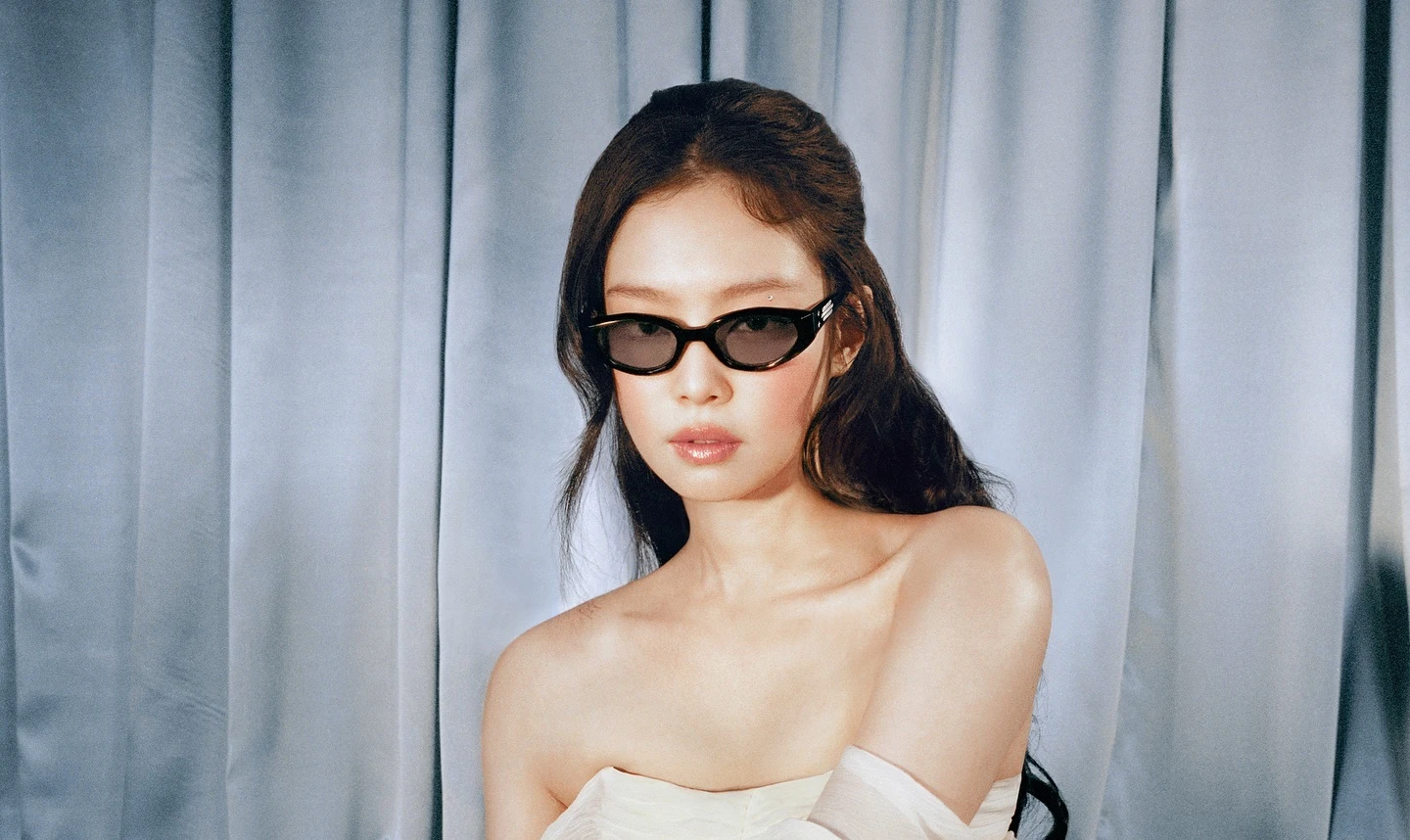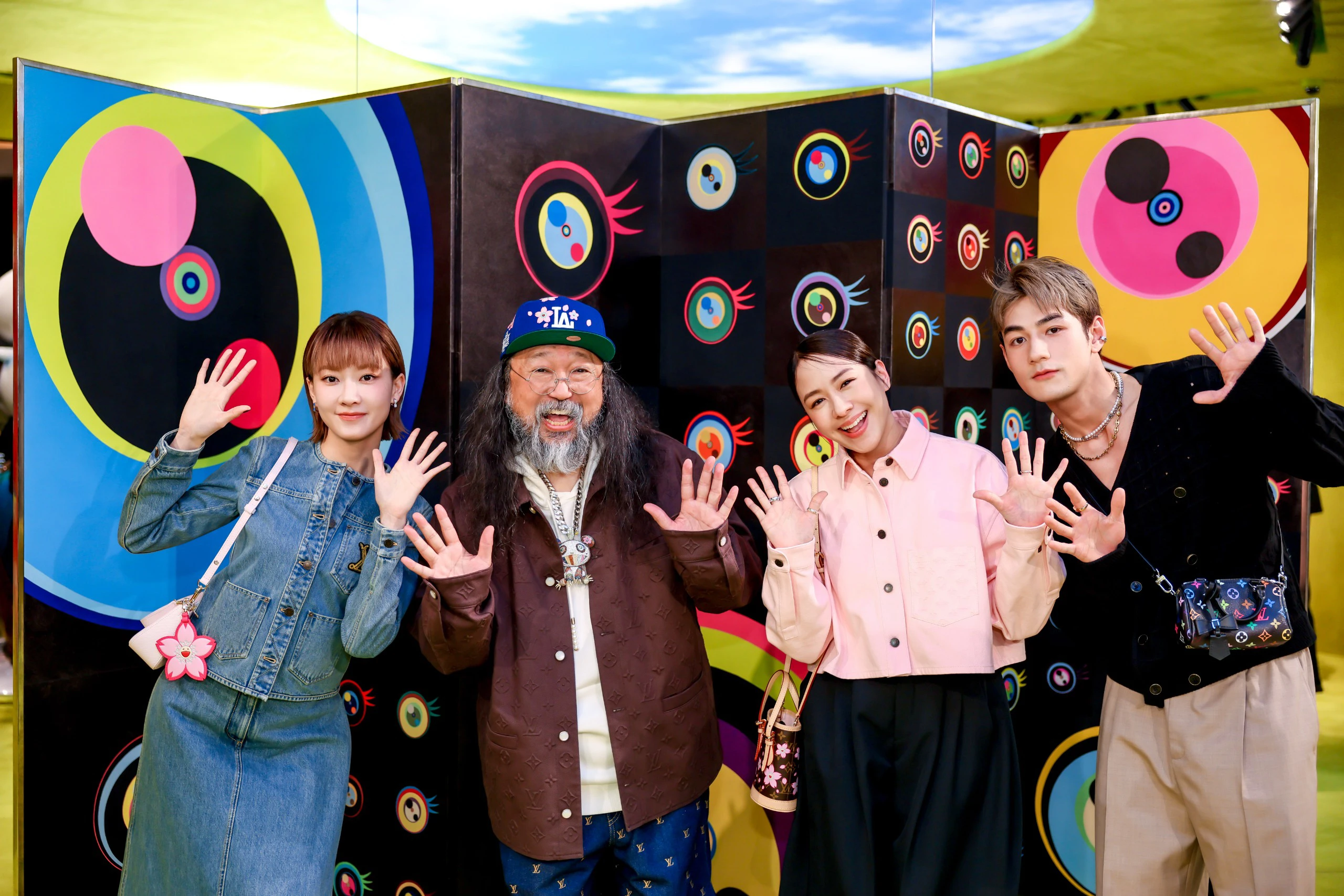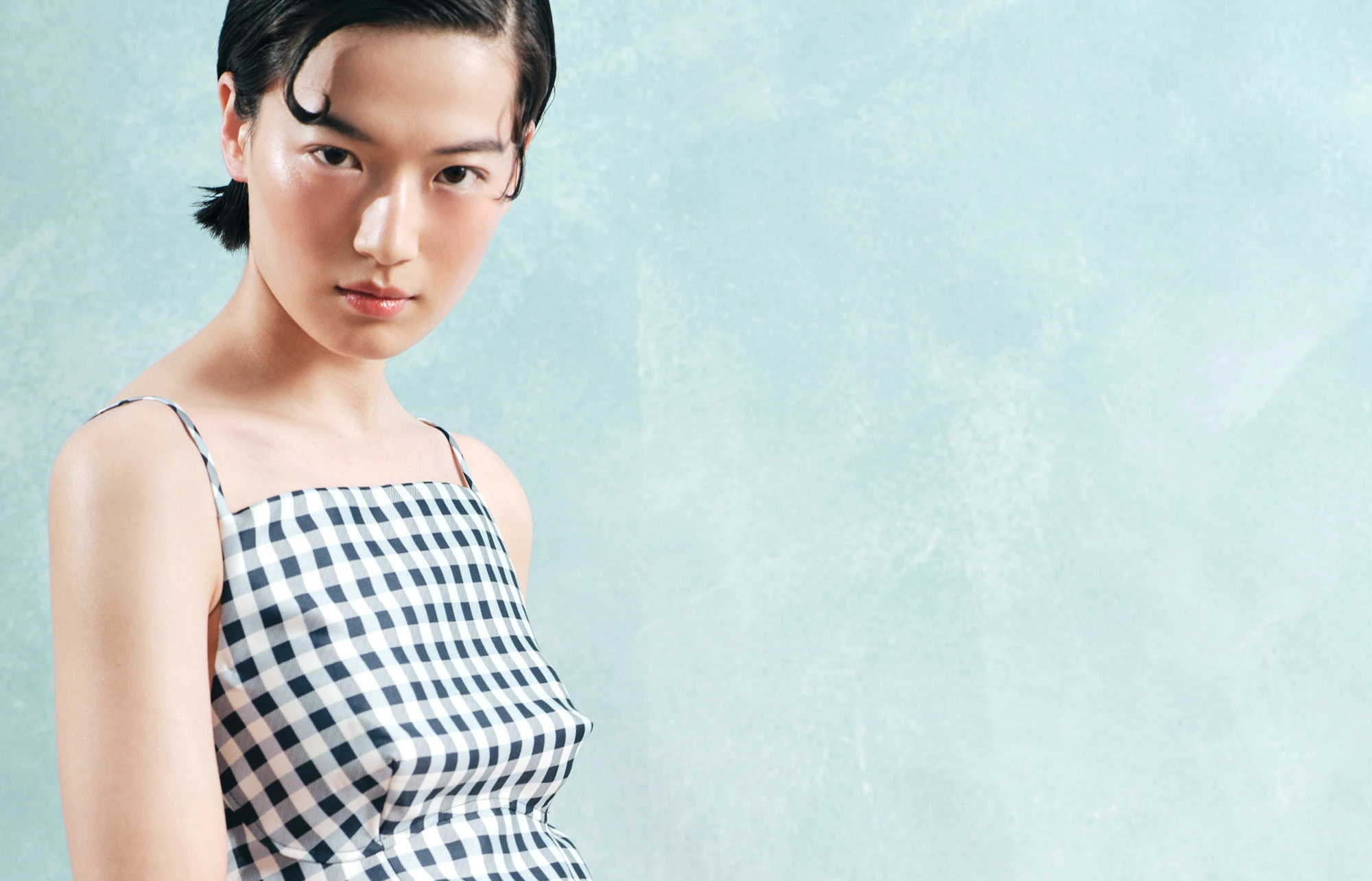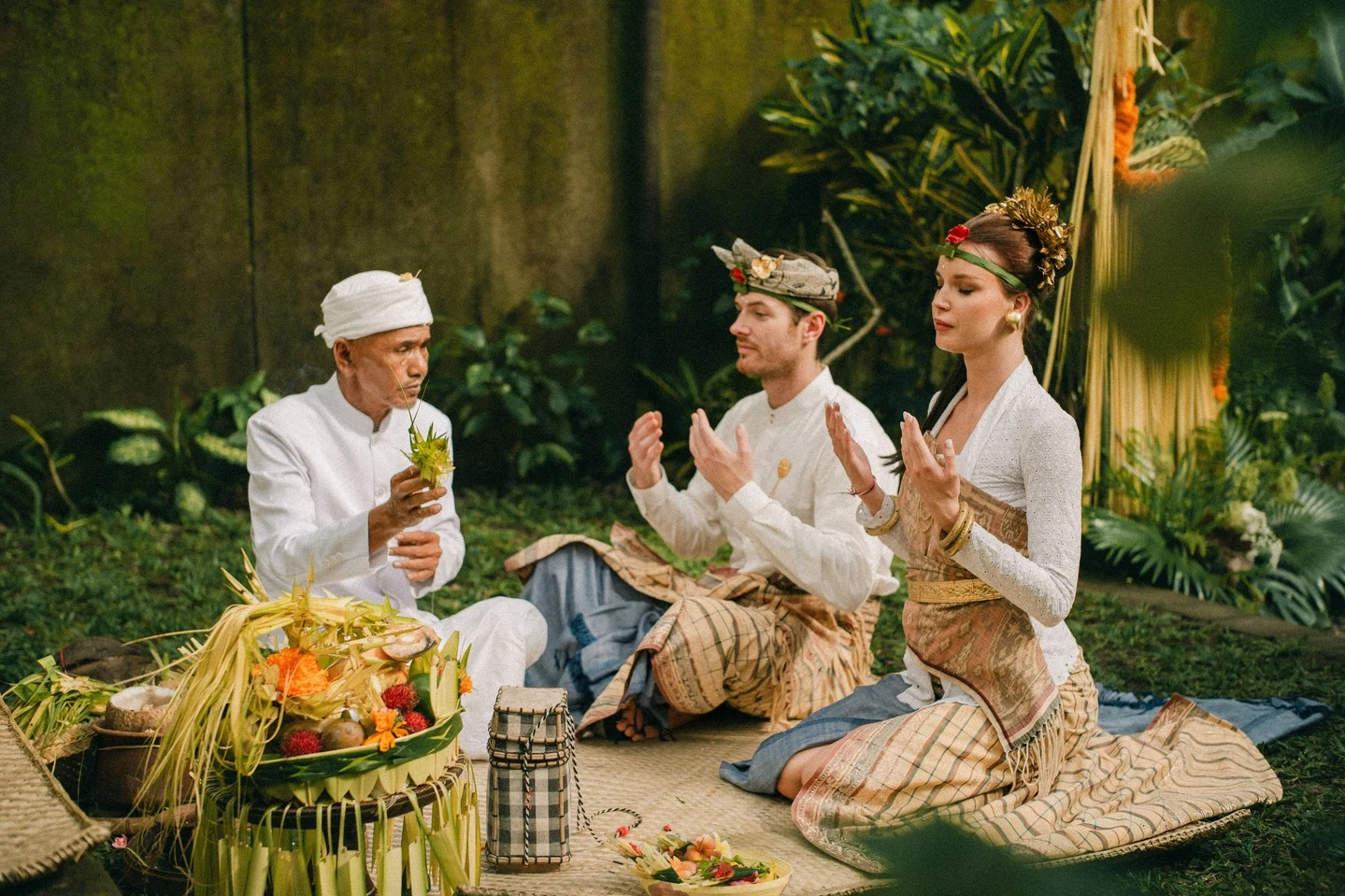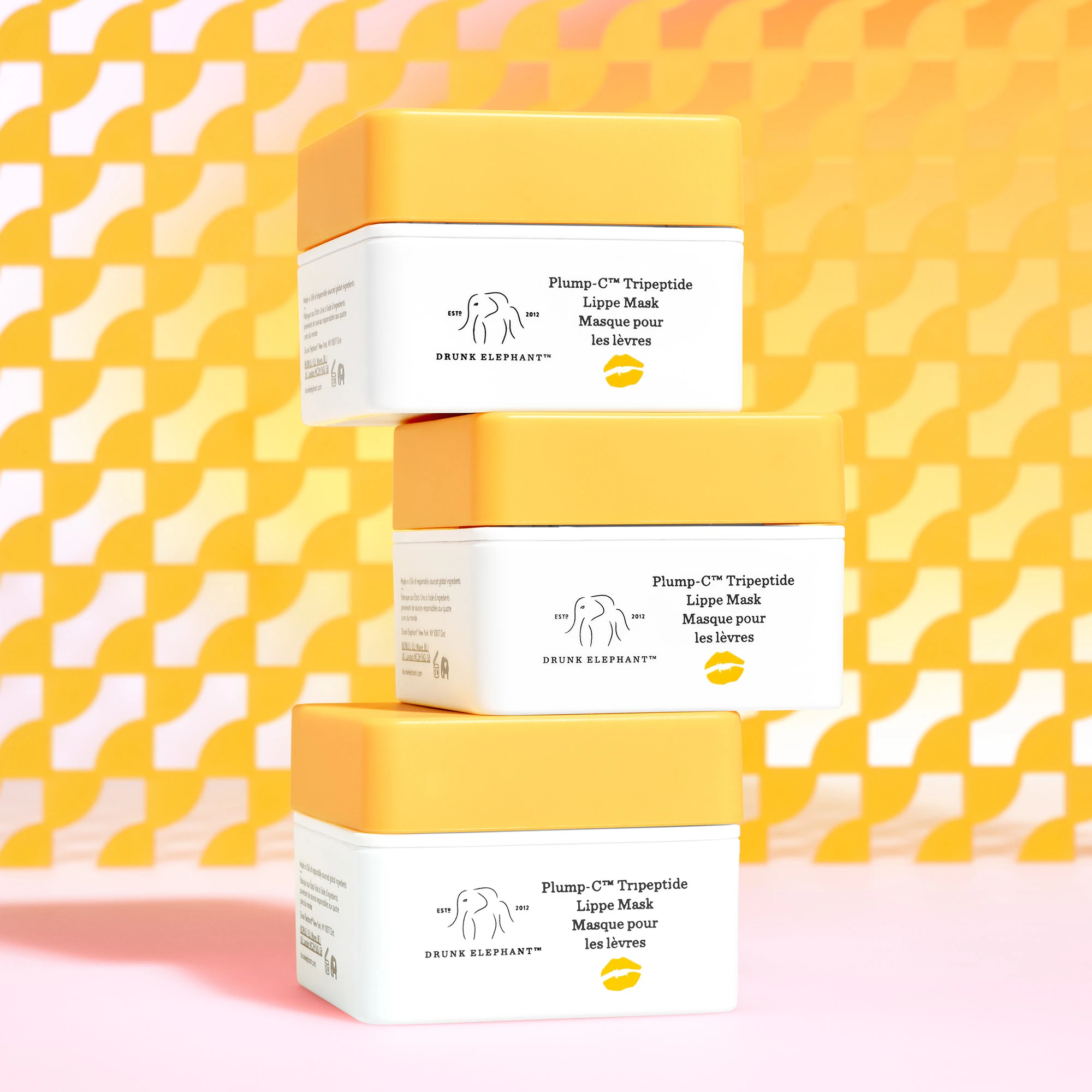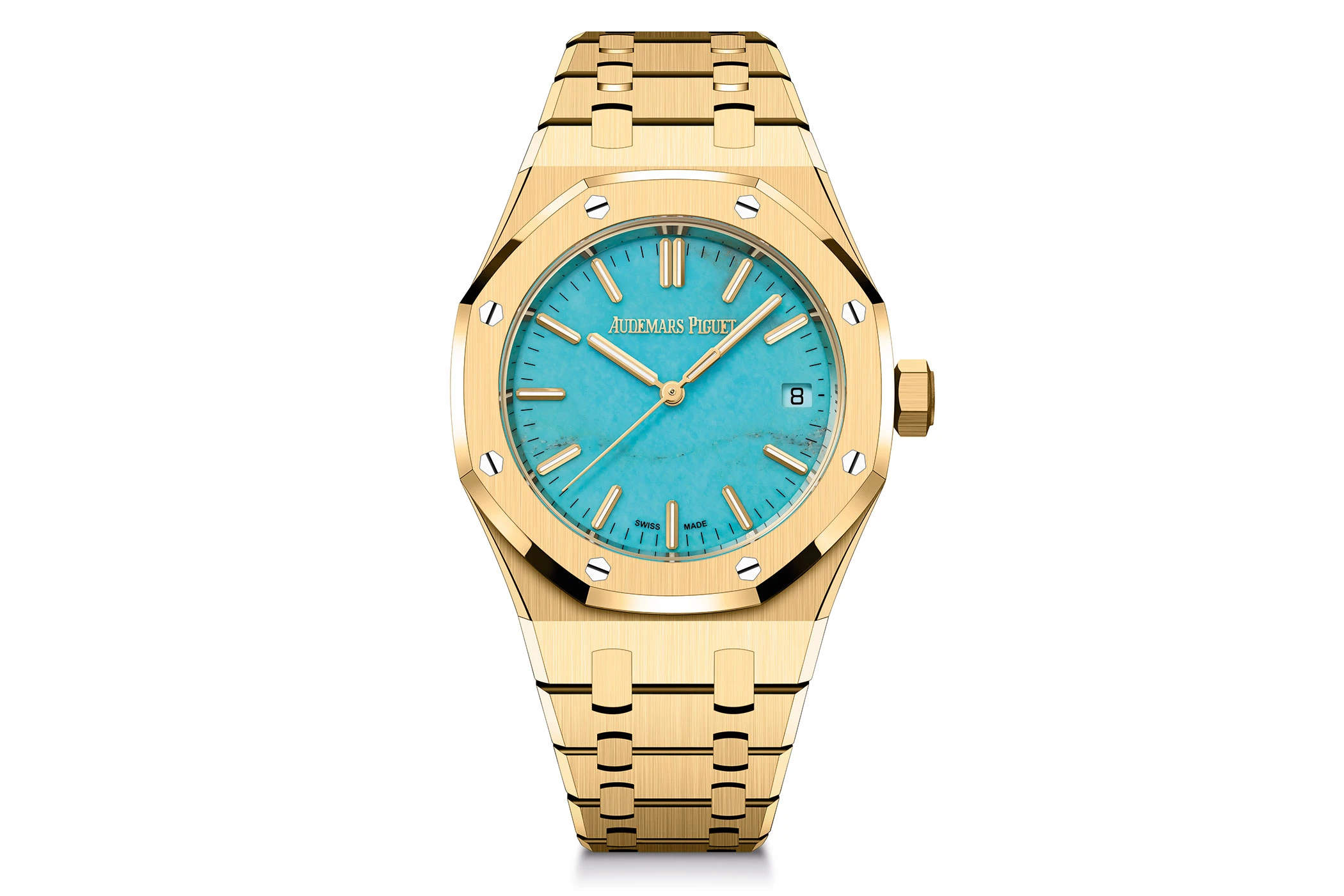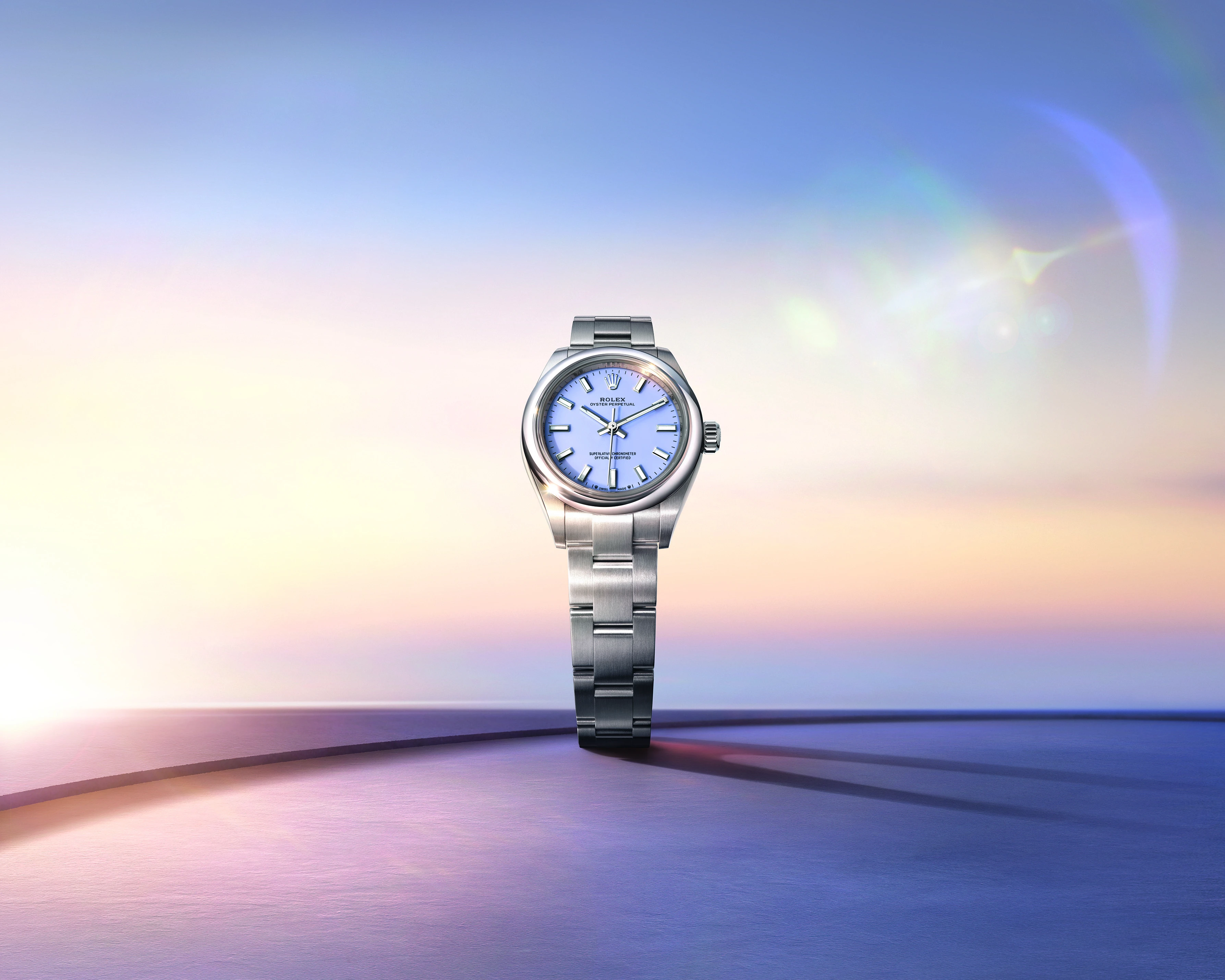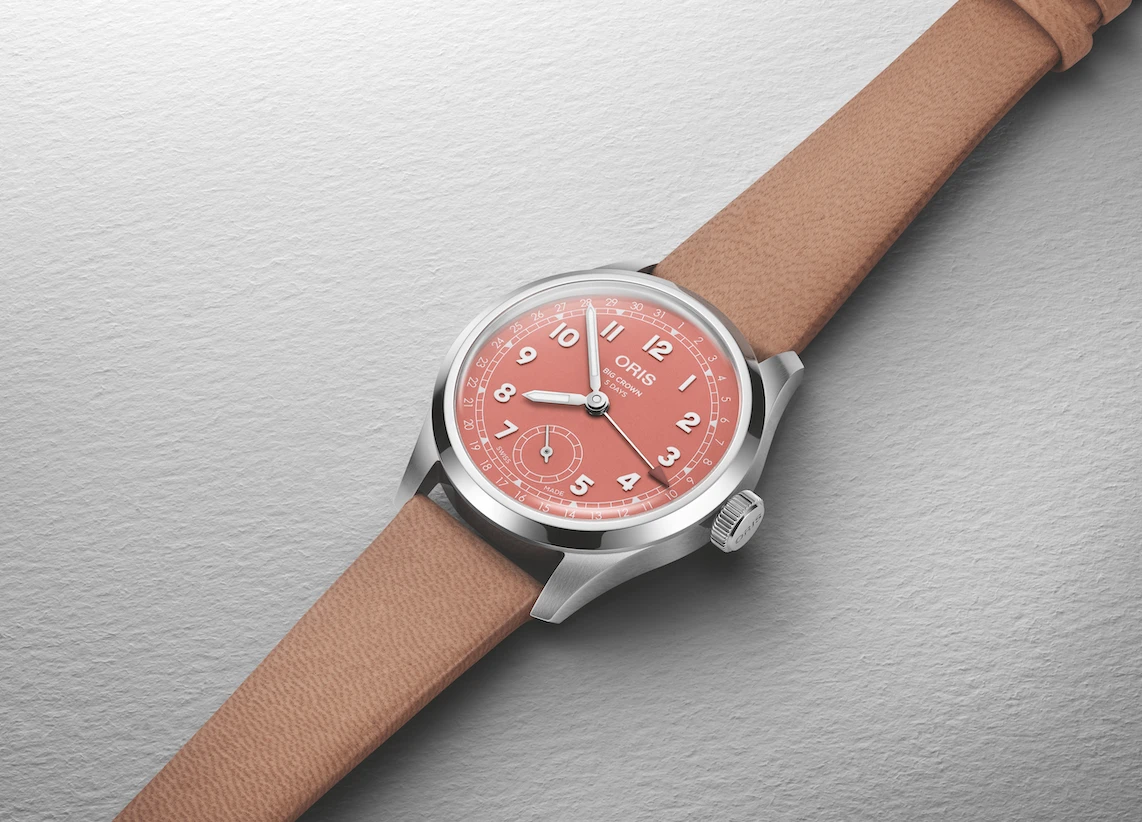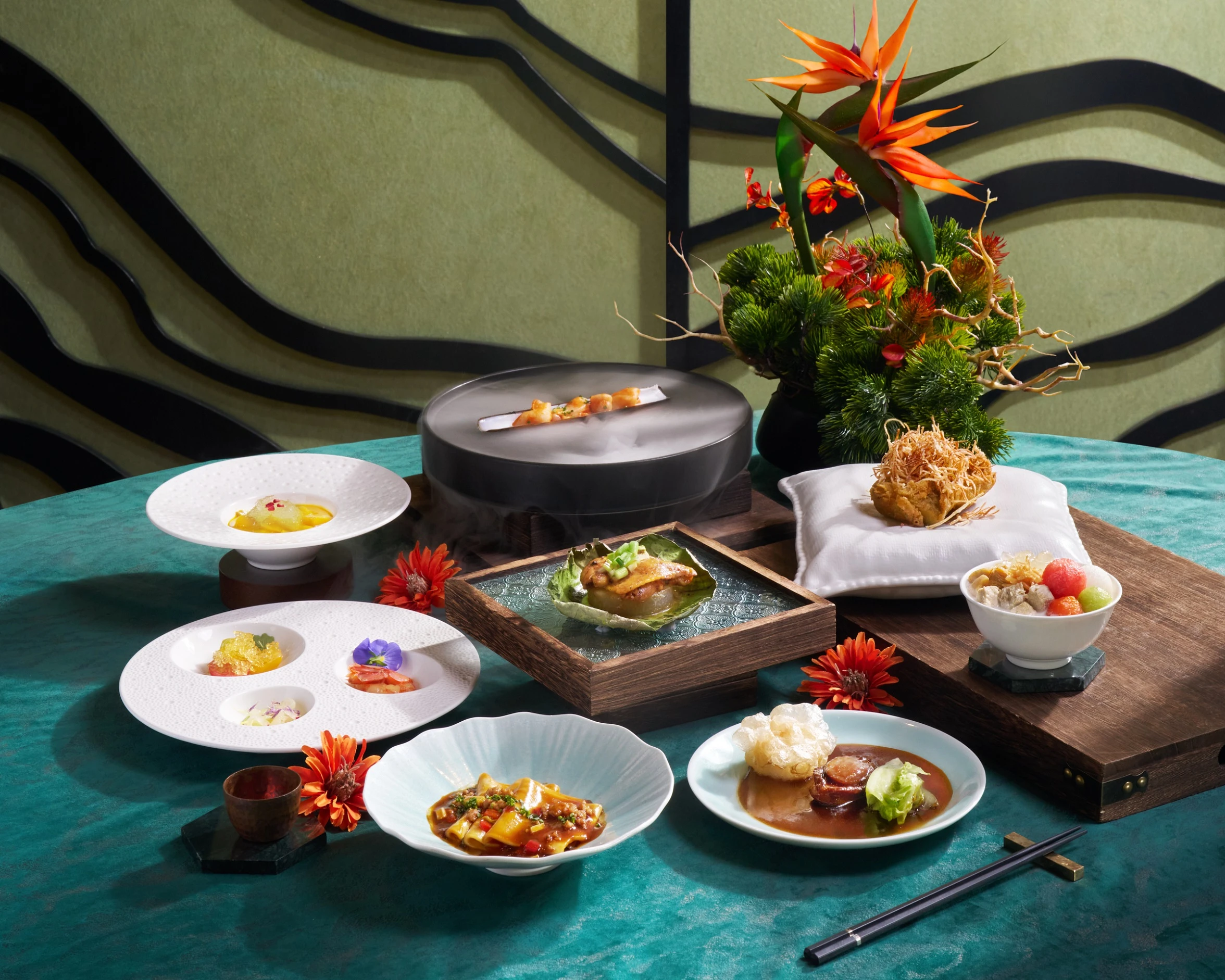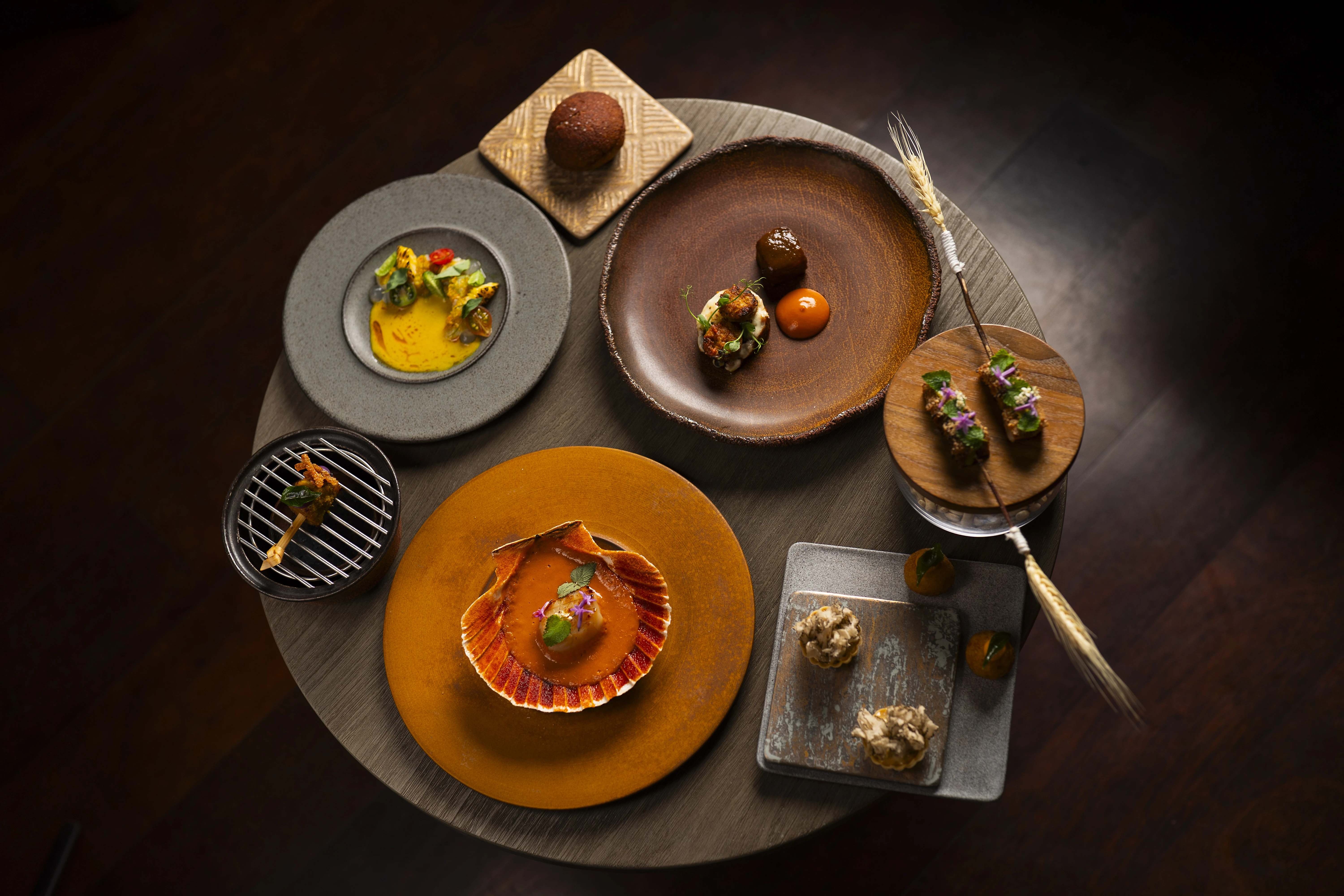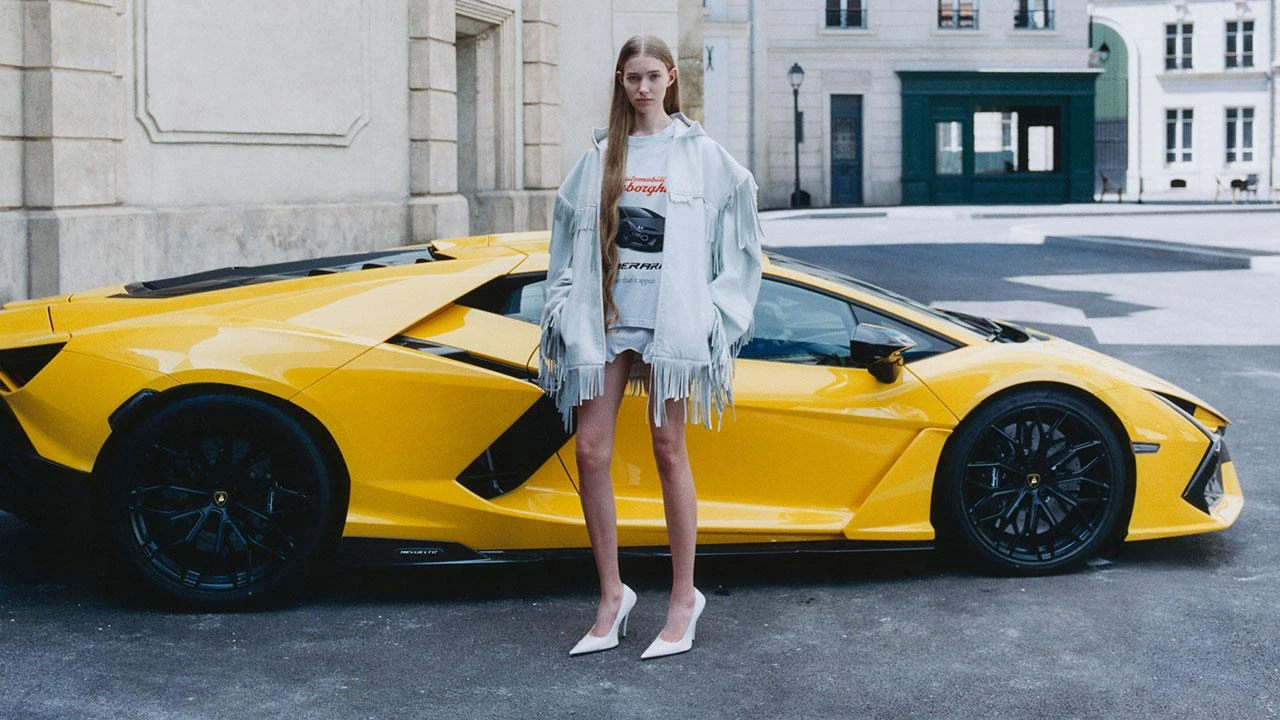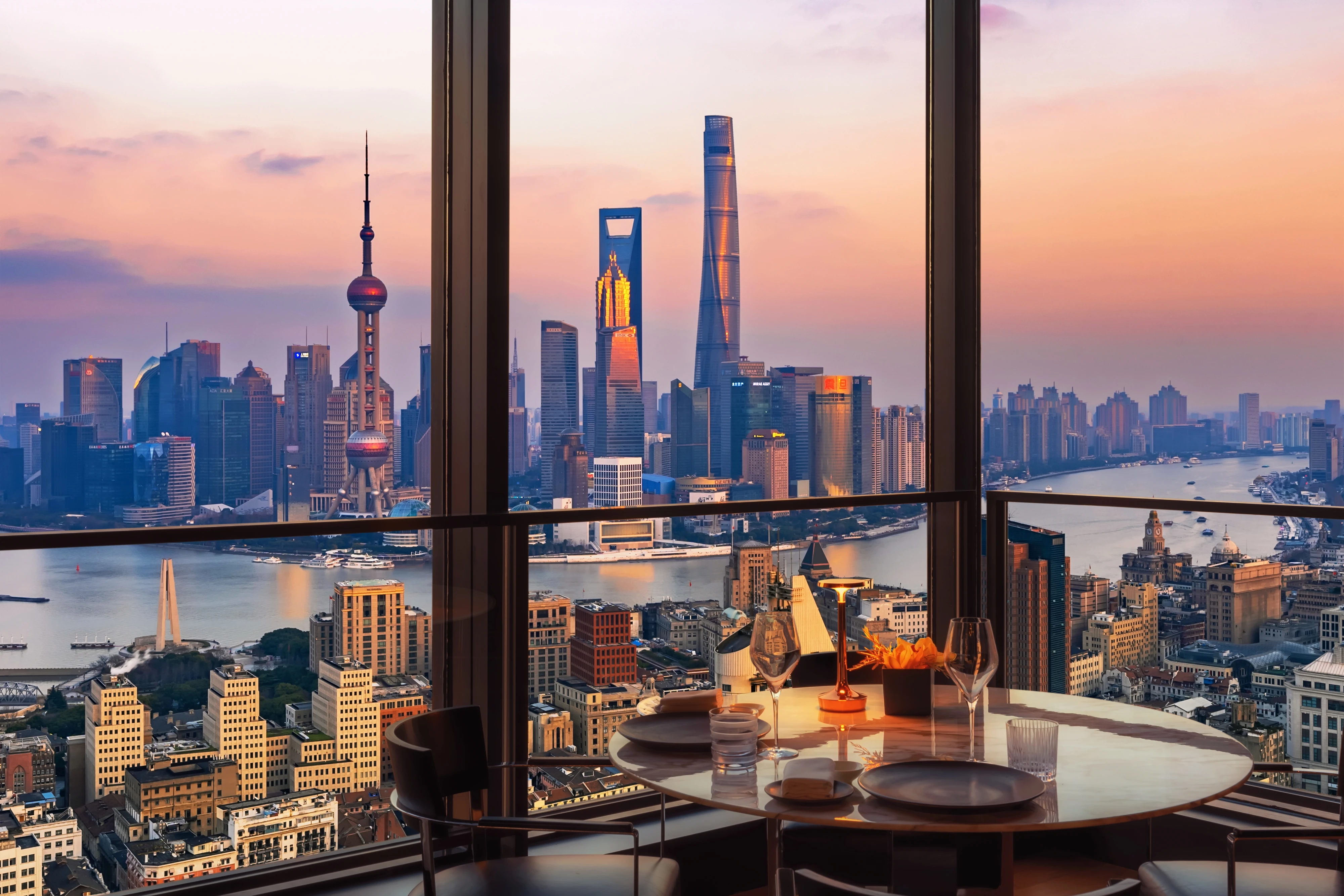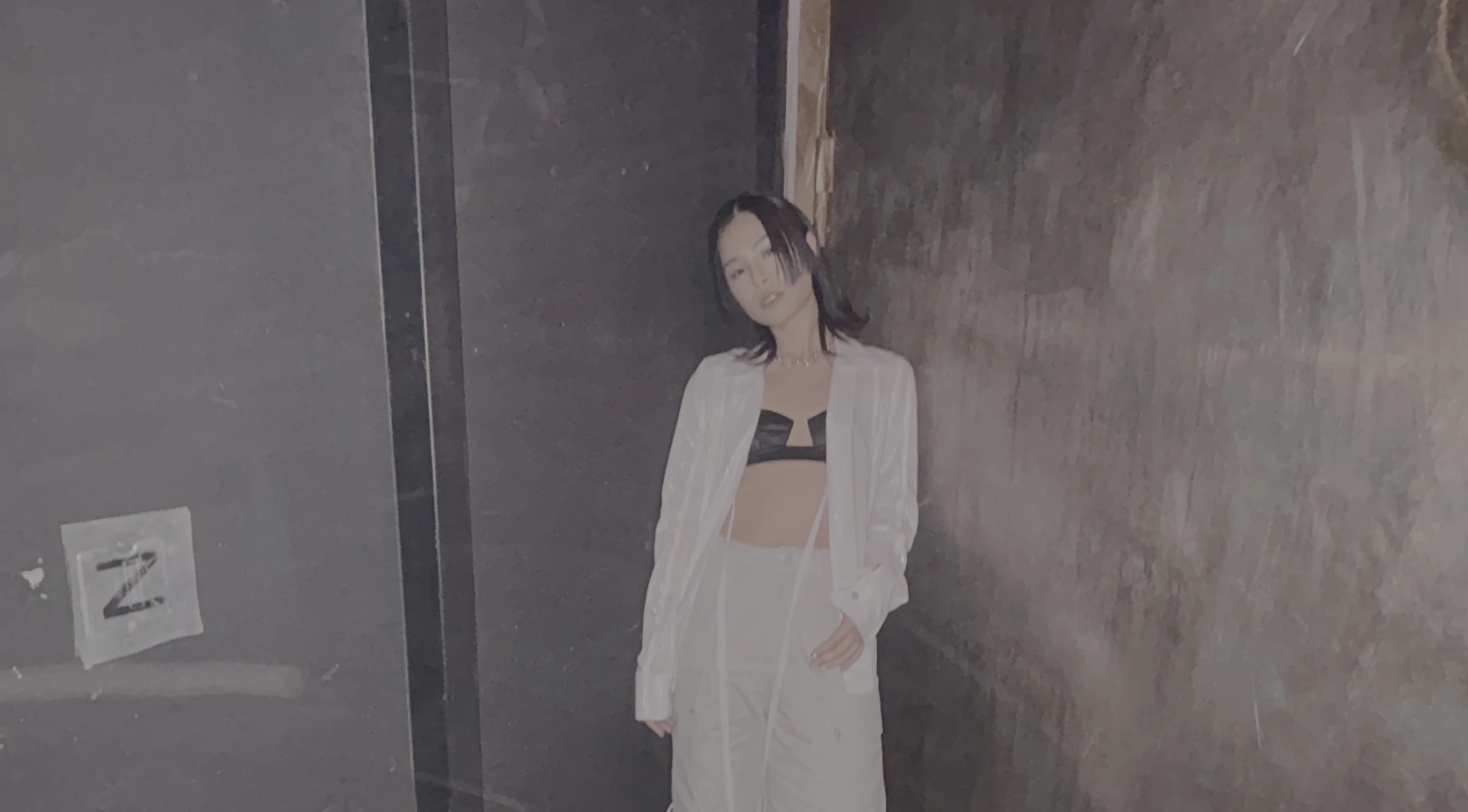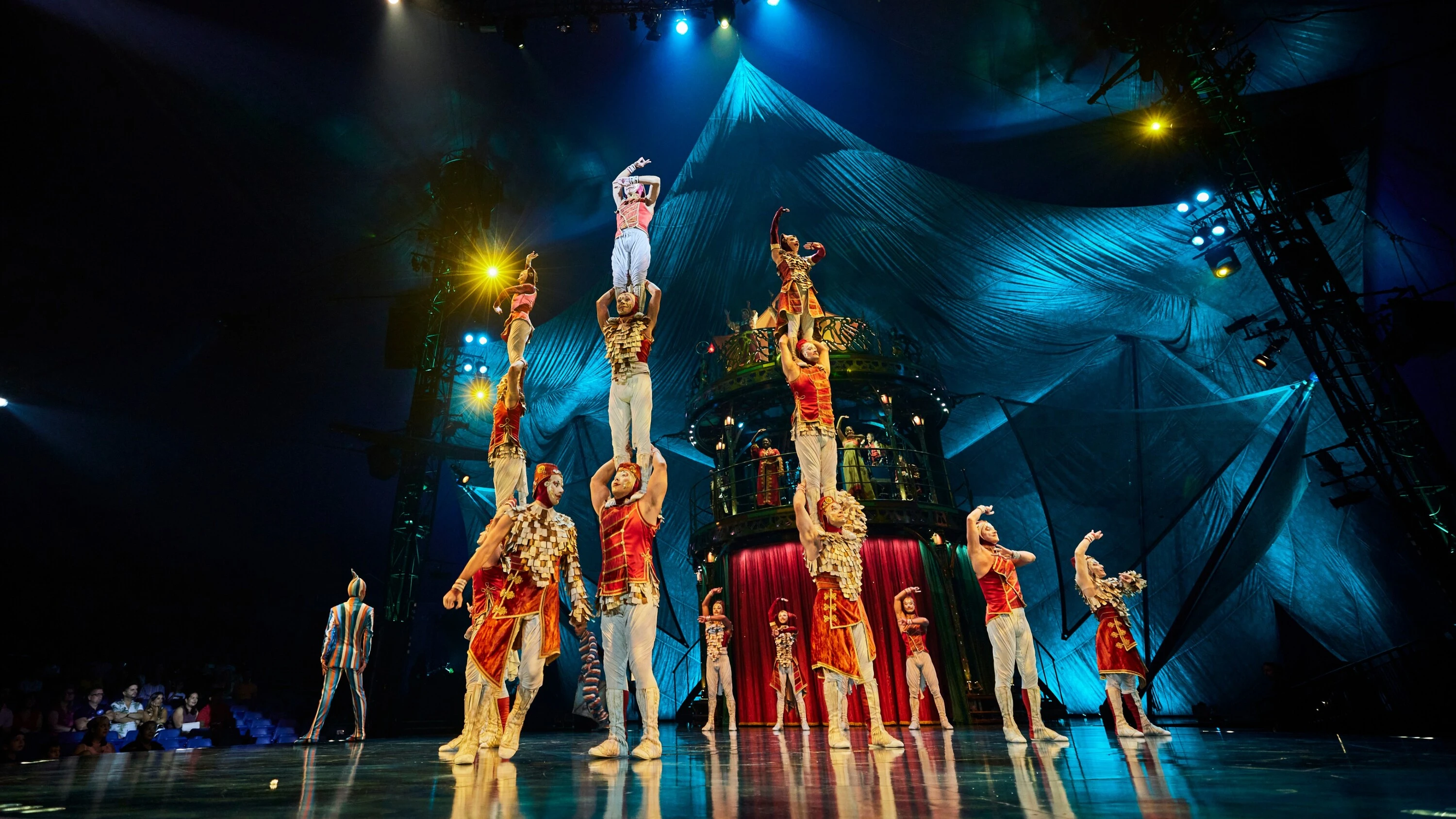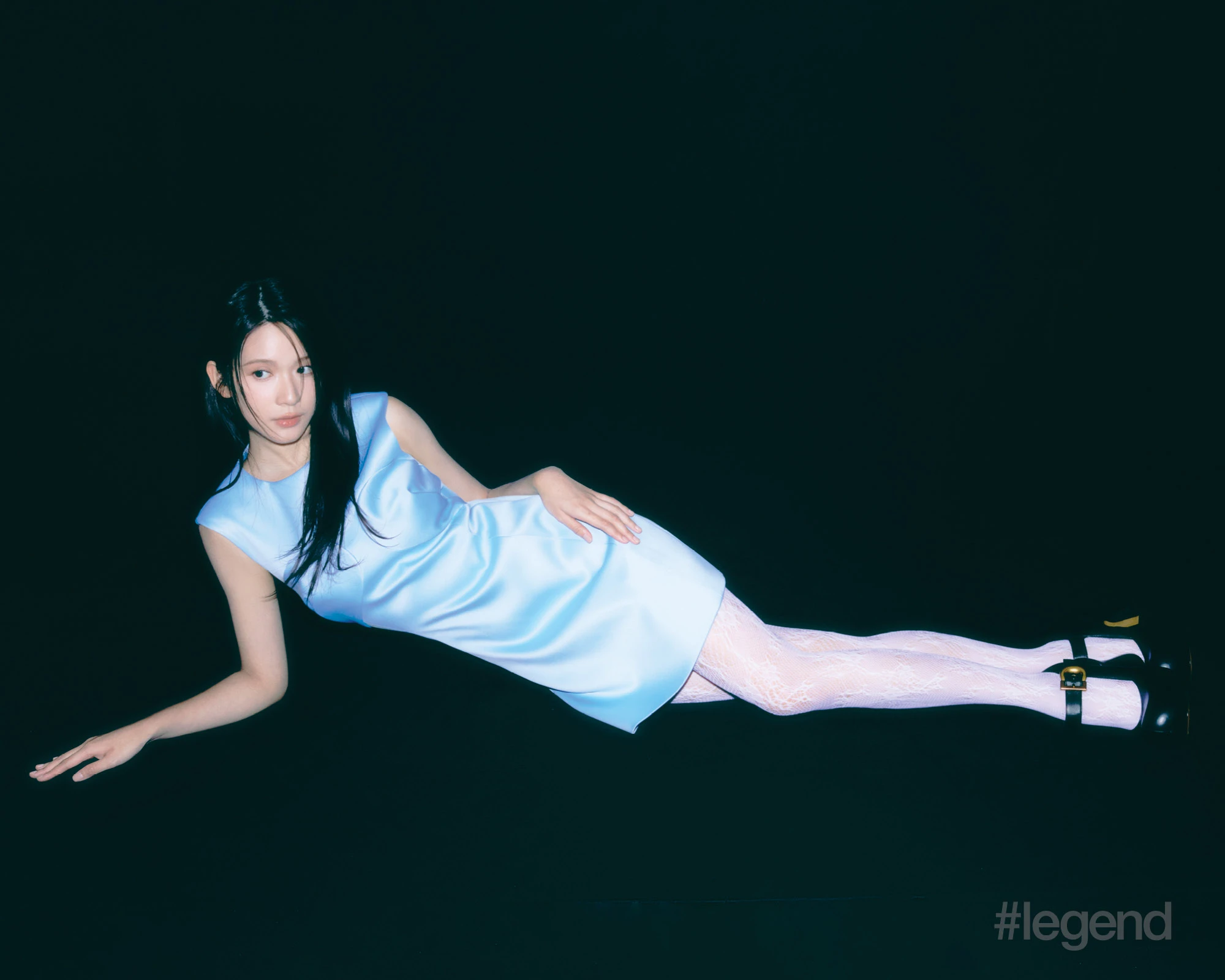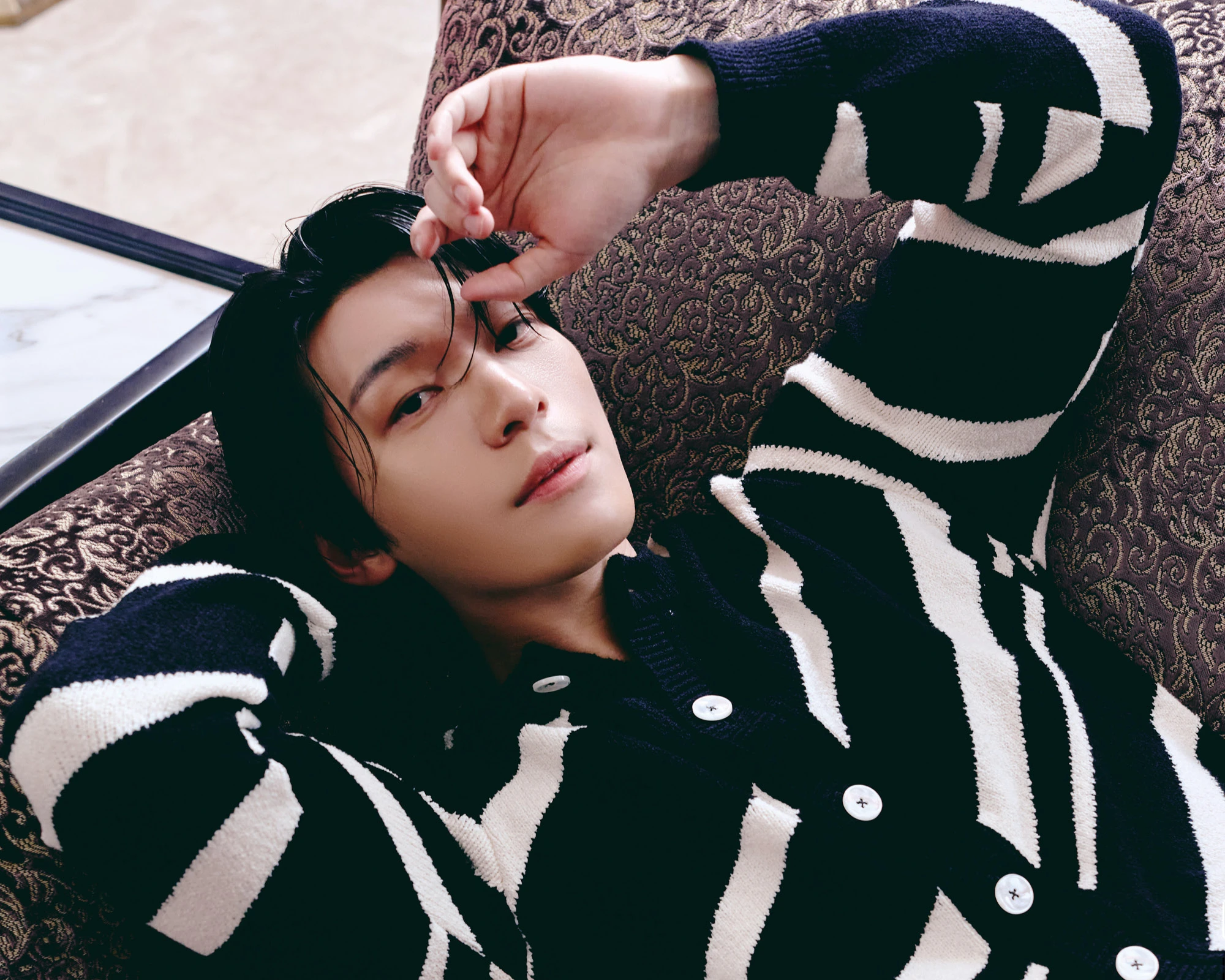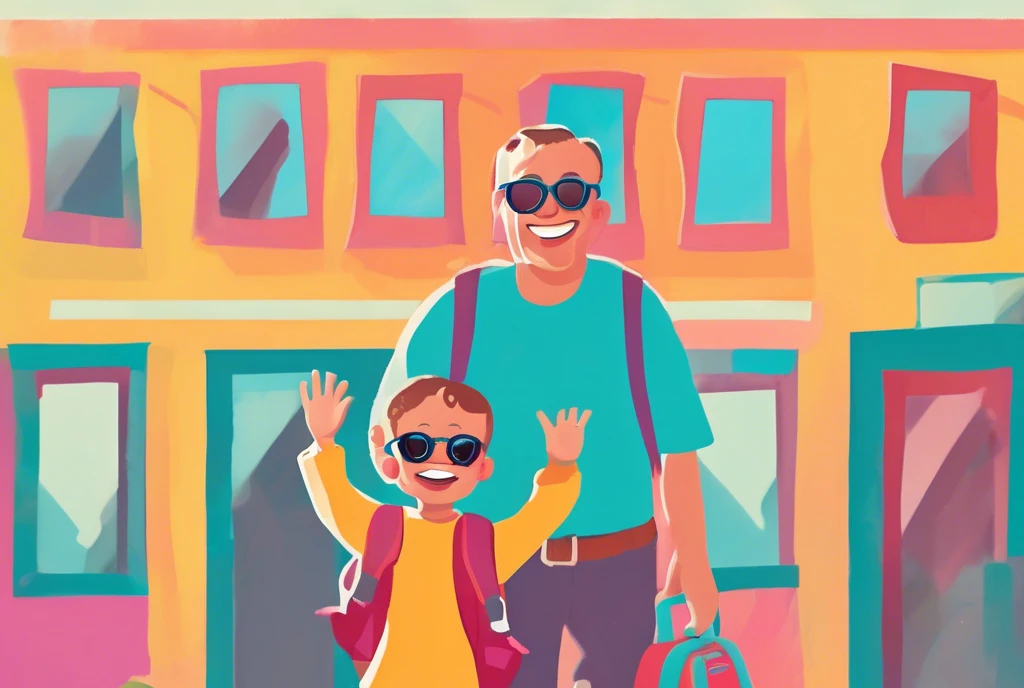How Finnish design and architecture fosters mental health
May 19, 2025
Finland’s commitment to human-centred design and architecture has played a key role in fostering a high quality of life, contributing to its ranking as the world’s happiest nation for seven years in a row. Dionne Bel takes a closer look
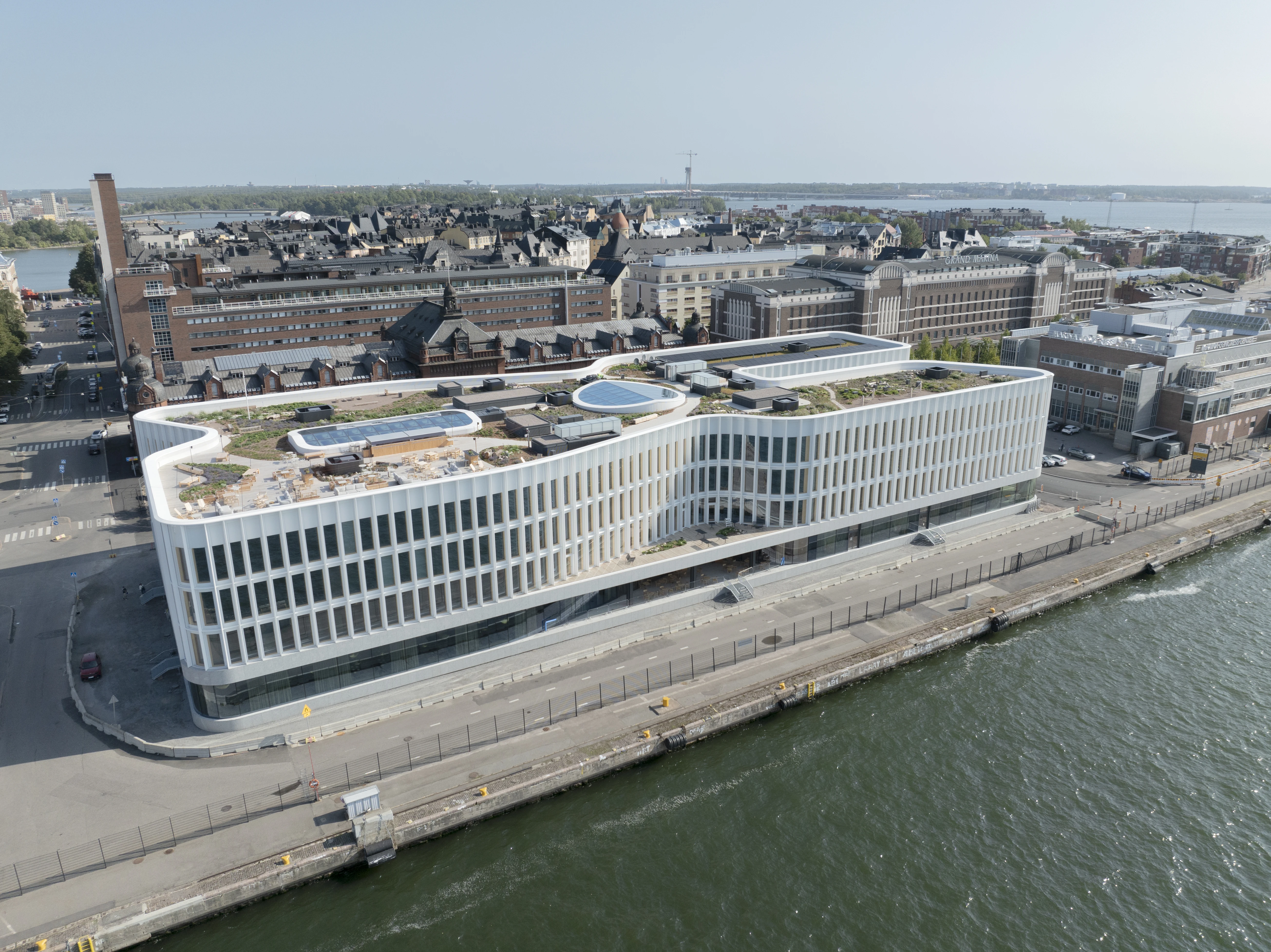
Since 2018, Finland has been crowned the world’s happiest country by the annual World Happiness Report released by the UN Sustainable Development Solutions Network. While factors such as gender equality, trust in national institutions, universal healthcare and environmental policies contribute significantly to Finnish well-being, the role of design and architecture is equally profound. Cleverly conceived spaces, sustainable construction and an intrinsic link to nature help shape a society where people feel secure, connected and content. Nowhere is this more evident than in Helsinki, where cutting-edge ideas lead to spaces that boost enjoyment, wellness and social cohesion.
Finland’s commitment to carbon neutrality is driving innovation in sustainable building practices. Katajanokan Laituri, designed by Anttinen Oiva Architects, stands as a powerful symbol of this progress. The undulating solid wood structure, housing Solo Sokos Hotel Pier 4 and the headquarters of Finnish forestry and renewable solutions company Stora Enso, showcases the beauty and versatility of large-scale wooden architecture. The edifice’s circular lobby with soaring ceilings envelops visitors in a warm embrace, its organic materials fostering a sense of peacefulness and connection to Finland’s deep- rooted timber heritage. As guests move through the hotel’s hallways, the soothing sounds of birdsong create a serene, immersive experience, reinforcing the country’s innate bond with nature.
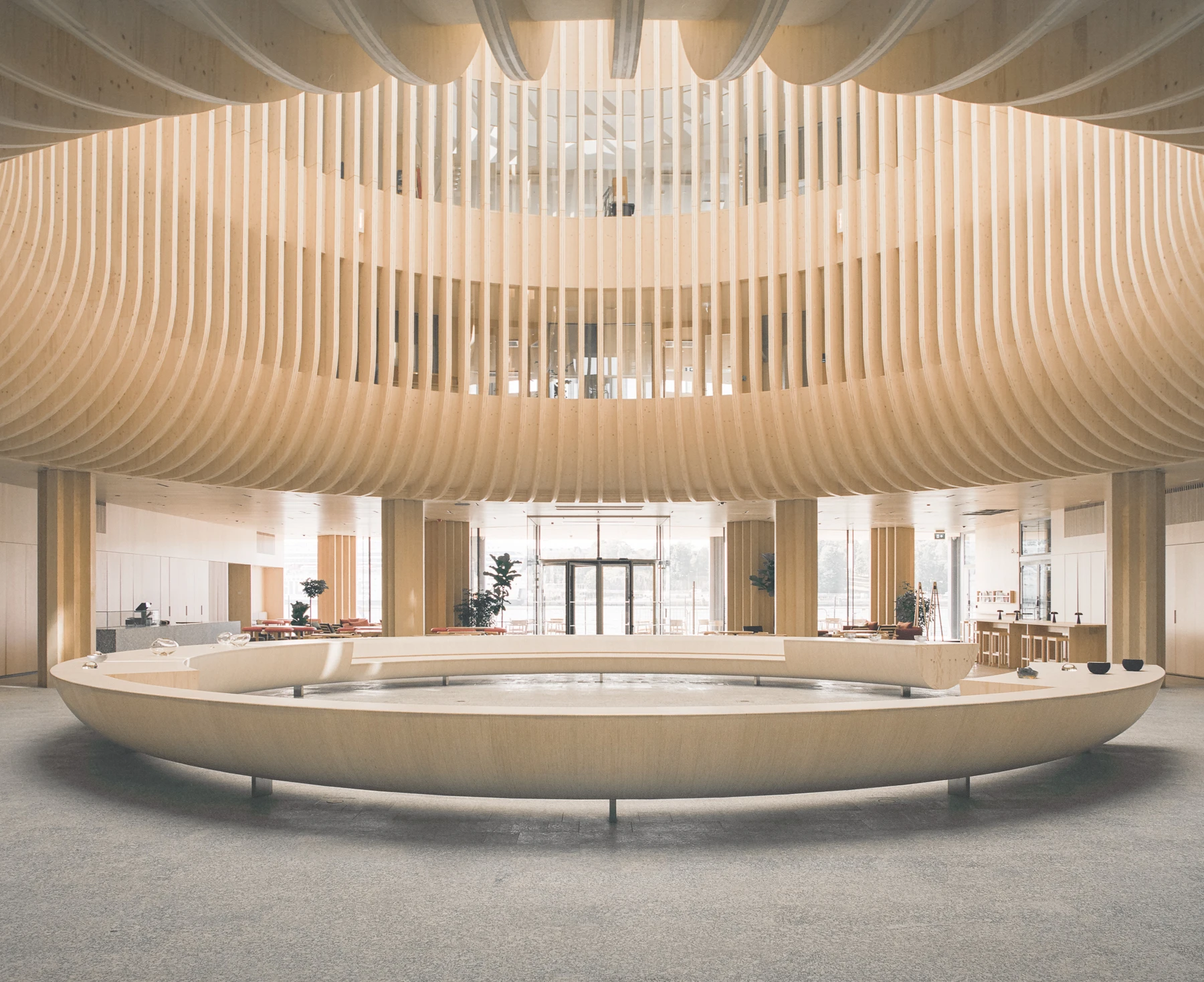
“Although Finland has a long tradition of wooden architecture, there are few examples of this scale in an urban setting,” notes Selina Anttinen, founding partner at Anttinen Oiva Architects. “With its materiality, the building introduces an unexpected element into the heart of a stone-built city. The strong use of natural materials has also been found to enhance the well-being of a building’s users. Wood creates a calm atmosphere, offers a rich sensory experience and provides a pleasant acoustic environment. Additionally, natural materials are valued for their ability to age beautifully over time, supporting the goal of a long life cycle for interior spaces.”
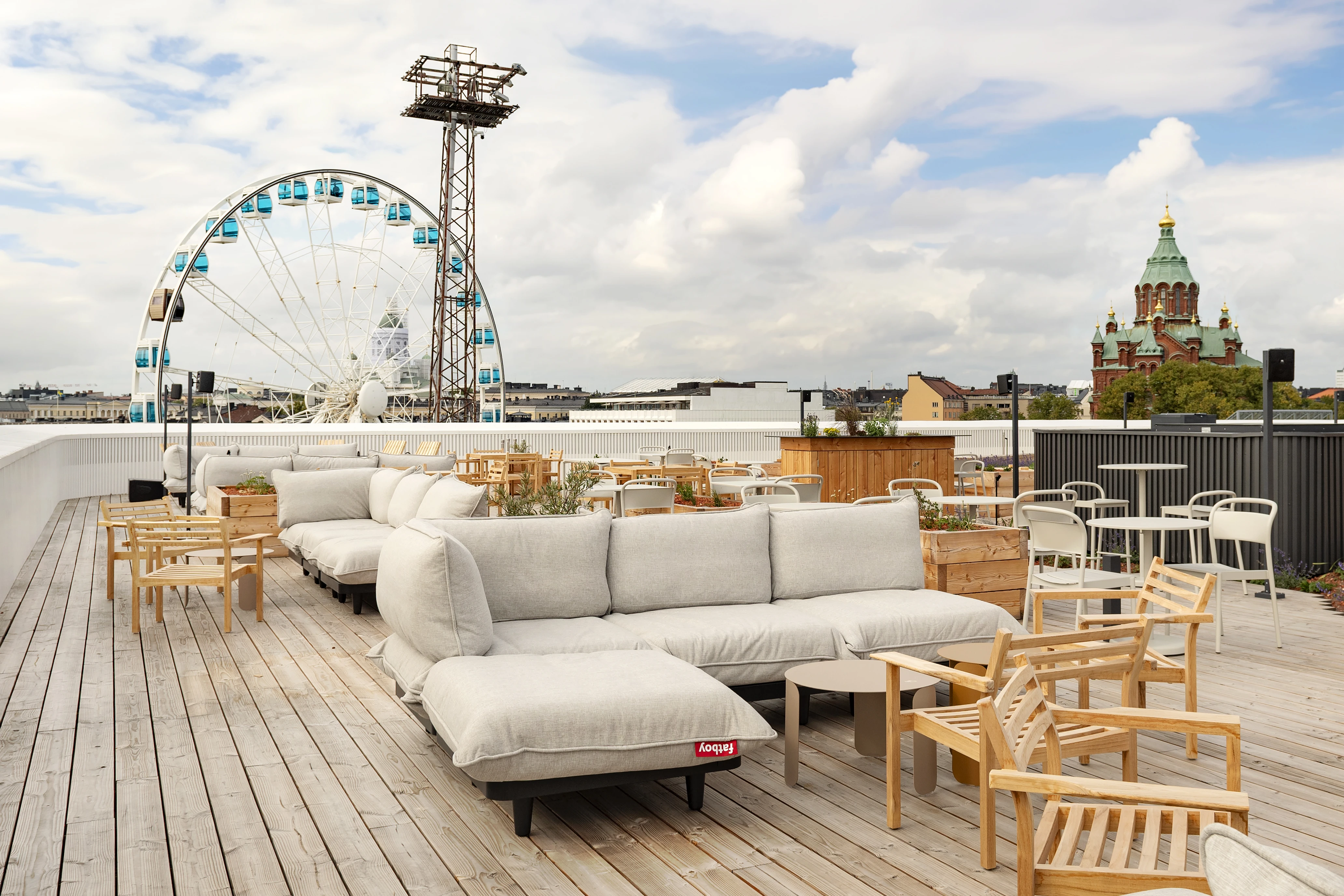
Katajanokan Laituri marks the debut of the gradual opening of a harbour area previously closed to public use. Its prominent location overlooking Helsinki’s historic Market Square, soon to become a larger waterfront district for art, design and leisure – including the upcoming Architecture and Design Museum scheduled to open in 2030 – reinforces the importance of sustainable development in creating thriving urban spaces. The prevalence of wood, a renewable resource, not only minimises environmental impact, but also fosters an inviting ambiance, contributing to user comfort.
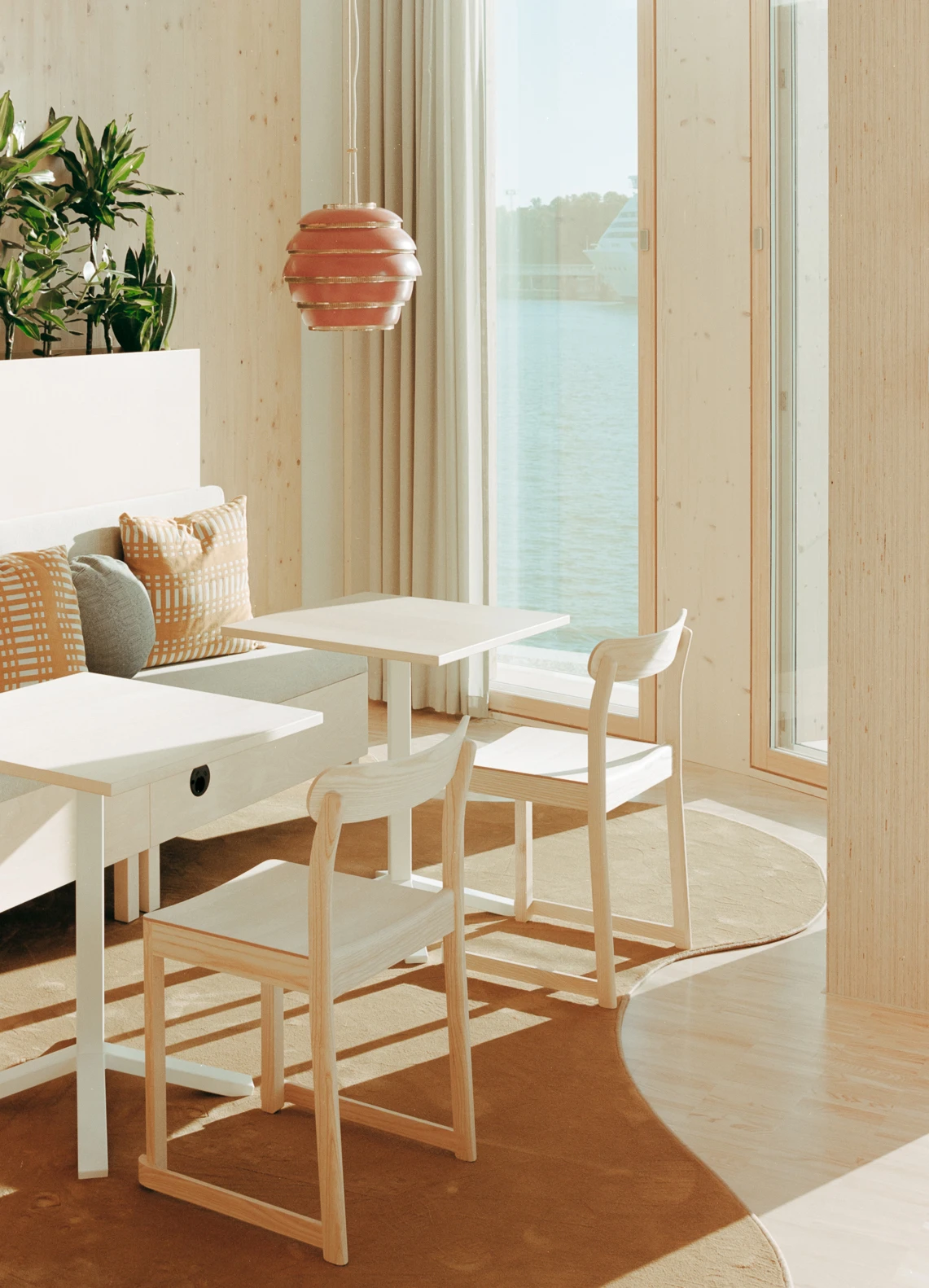
This focus on sustainable materials and practices reflects a national commitment to environmental stewardship. Anttinen adds, “Finnish modernism is known for shared open spaces with low hierarchy, a sense of belonging, inclusiveness, a strong relationship with nature or the surrounding environment, curiosity, positive pragmatism and ease of use that feels intuitive” – all vital contributors to Finland’s global reputation for happiness.
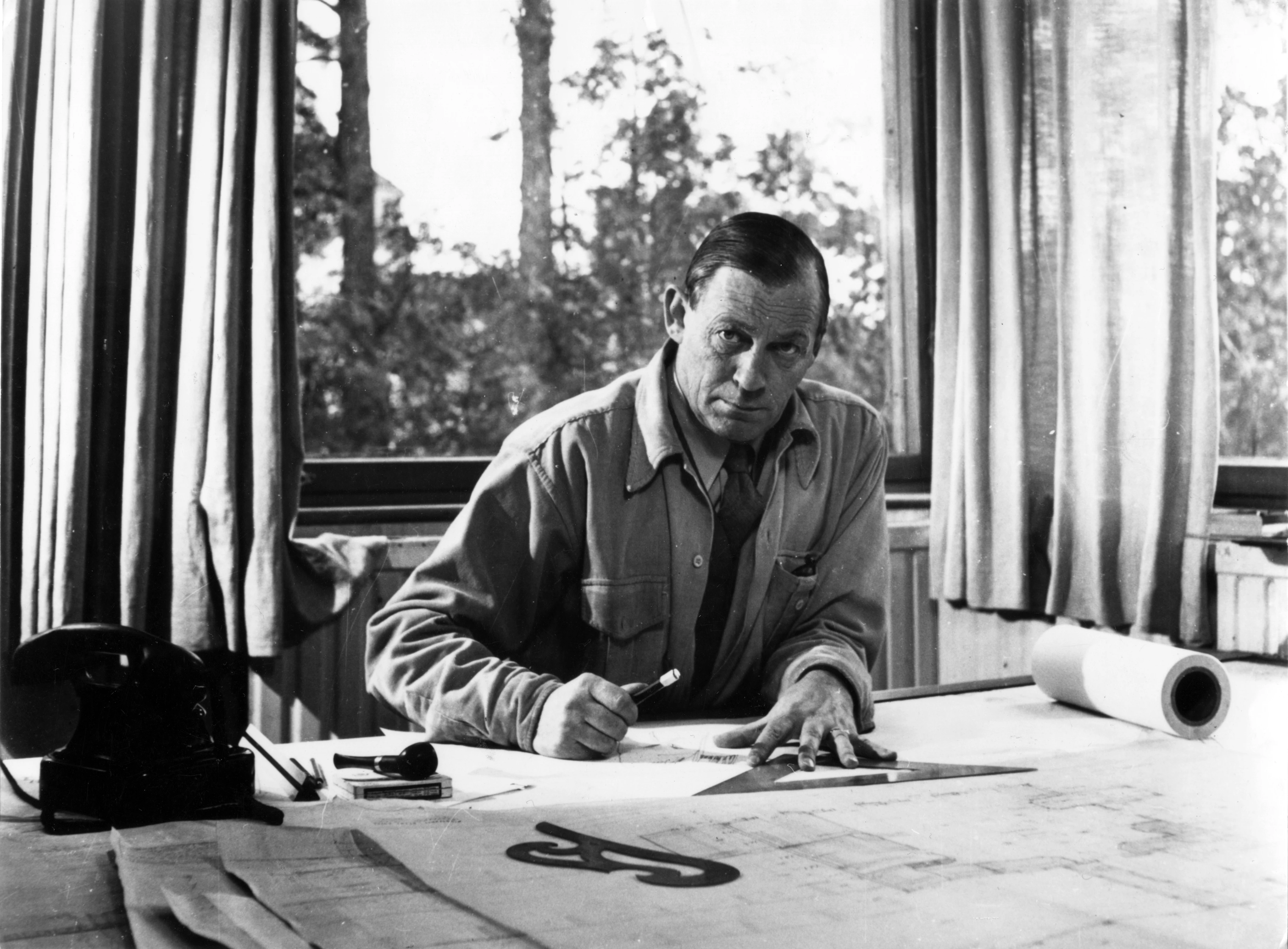
The foundation for a happy, balanced life is often laid in early childhood. Verstas Architects, known for its thoughtful educational architecture, understands this by prioritising the connection between children and nature in the Tunturi and Nuotti Daycare Centres built from wood and brick, in which it integrated the neighbouring forests through curated views, natural materials and overall tranquillity.
Also see: Design shoot: Rooted
Transitional spaces have been created between inner and outer areas, simplifying the repetitive routines of dressing and undressing during Finland’s cold and wet seasons when children participate in outdoor activities. Designed from a child’s perspective, functional areas have been divided into smaller, self-contained units. The two kindergartens, featuring windows at child height and colours for spatial orientation, are not only visually appealing, but also highly practical – built for longevity, energy efficiency, easy maintenance and a lifelong appreciation for the outdoors.
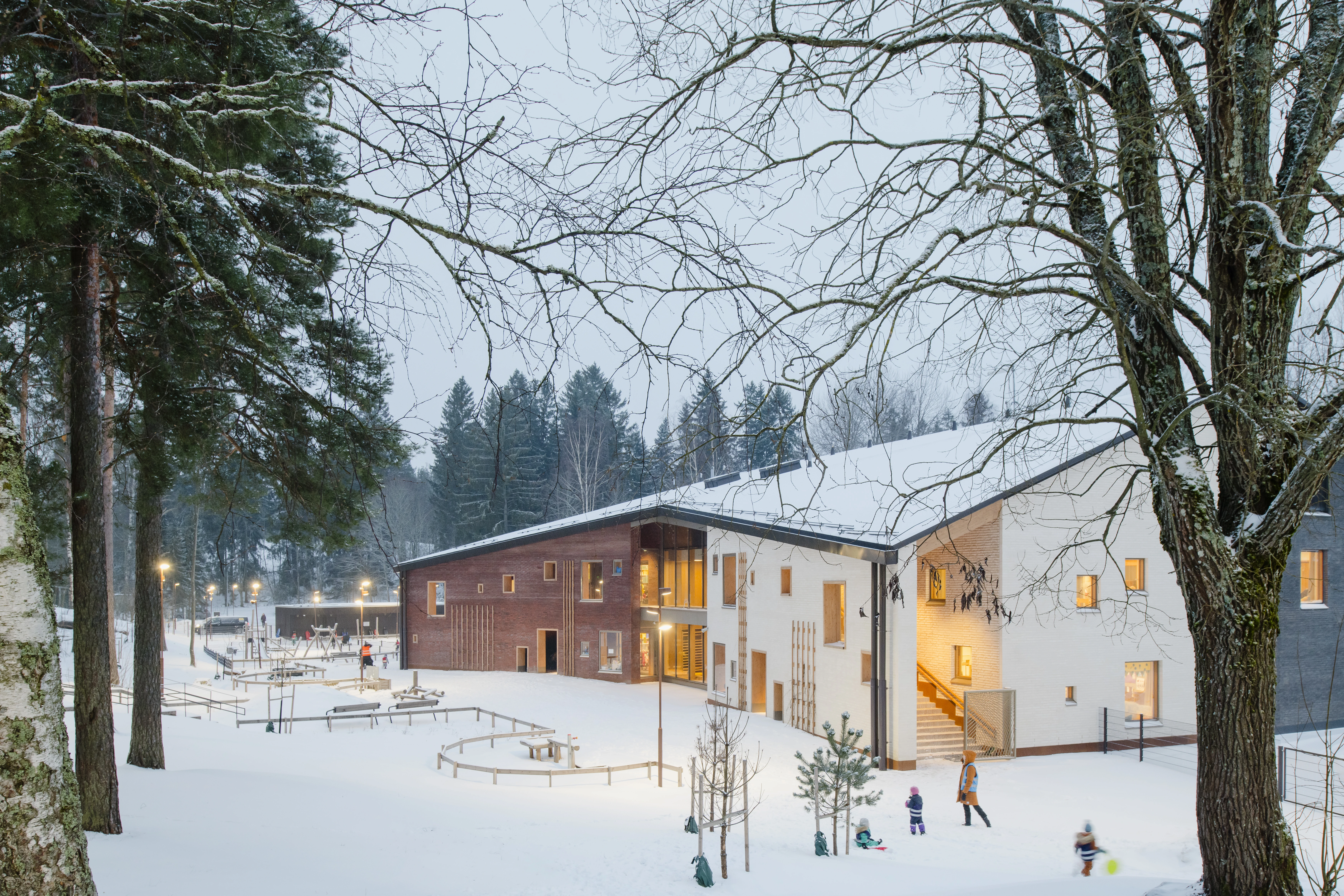
“The design of the daycare centres places particular emphasis on creating spaces that feel inviting and homely, while supporting the functional demands of daily life of both children and adults,” explains Jussi Palva, co-founder of Verstas Architects. “Child-centred proportions, combined with a serene palette of colours and materials, foster a sense of calm and comfort. Acoustic design has been carefully calibrated to achieve an optimal balance, softening noise levels to support a cosy and welcoming atmosphere. The architecture ensures a smooth and enjoyable daily routine, complemented by natural and inviting outdoor areas that encourage exploration and play.”
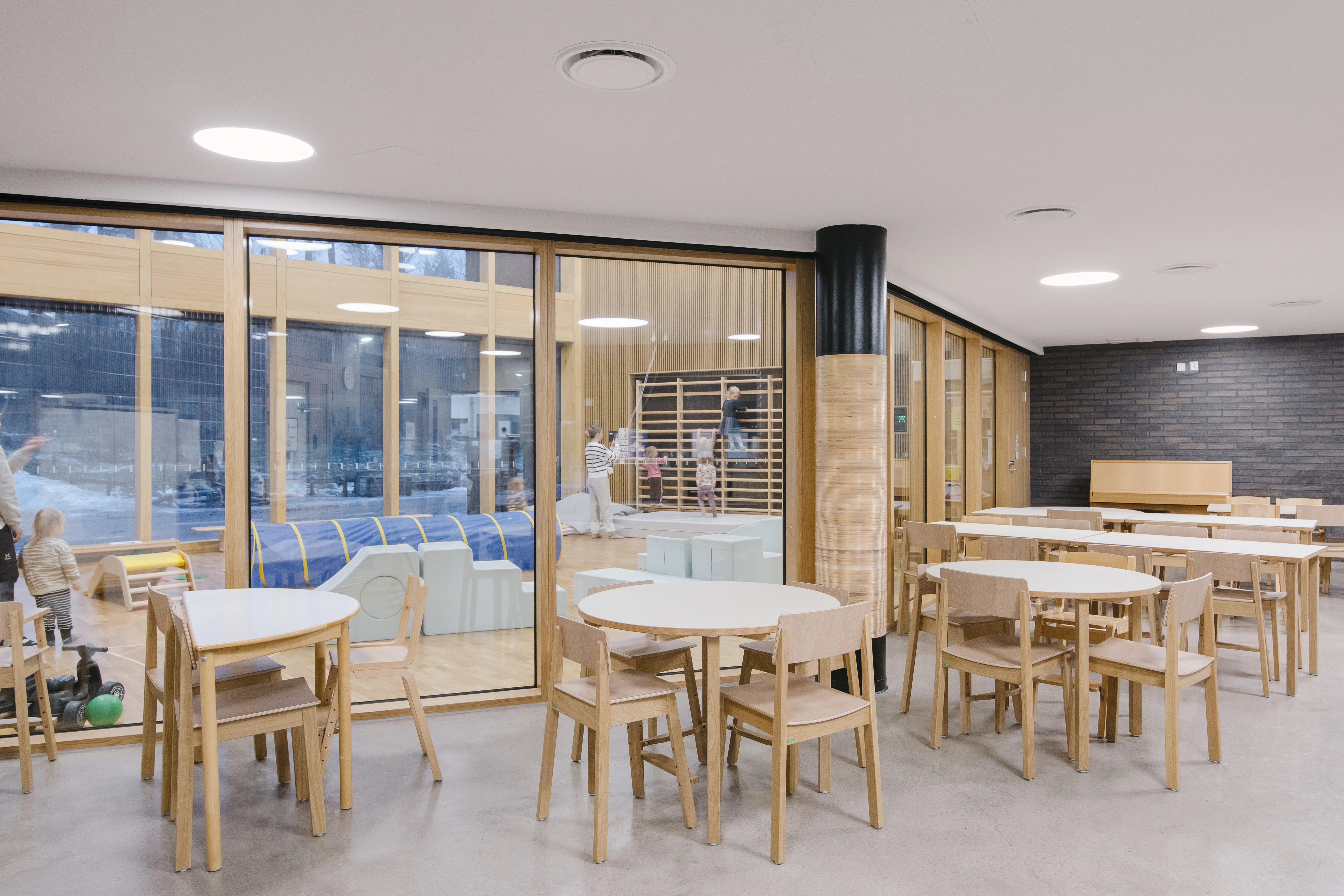
No discussion of Finnish architecture would be complete without Alvar Aalto, Finland’s most iconic architect and designer. Redefining modern architecture with his human-centred approach, organic forms and masterful use of natural resources, Aalto left a legacy that continues to shape Finnish identity.
Few places illustrate the intersection of Finnish architecture and happiness as intimately as the Aalto House and Studio Aalto in Helsinki’s Munkkiniemi district. Built by Aalto and his wife Aino, these spaces were designed as both a sanctuary and an architectural hub. The modest and considered use of materials, tied with an acute awareness of natural light, make these buildings timeless. The Studio’s amphitheatre-shaped courtyard exemplifies Aalto’s philosophy of creating spaces that foster community and collaboration – an essential element of Finland’s social fabric.
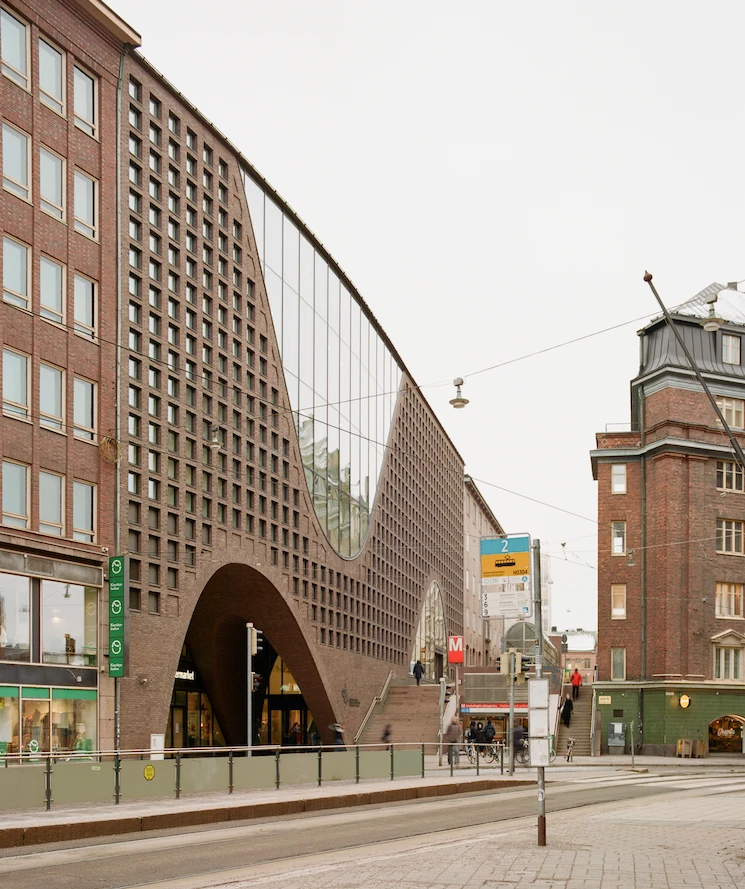
“Finnish architecture has always been more about practicality and functionality than flashy, showstopping designs,” says Teemu Kiiski, founder and CEO of Finnish Design Shop, one of the world’s largest online stores specialising in Nordic design. “Even public buildings tend to focus on how they serve the people who use them. A good example is the Paimio Sanatorium by Alvar and Aino Aalto. It wasn’t just about creating a beautiful building; it was designed in the 1930s to support the health and mental well-being of its patients in every detail, from the placement of windows to the colour of the walls. That kind of thinking feels very Finnish to me – designing for people first.”
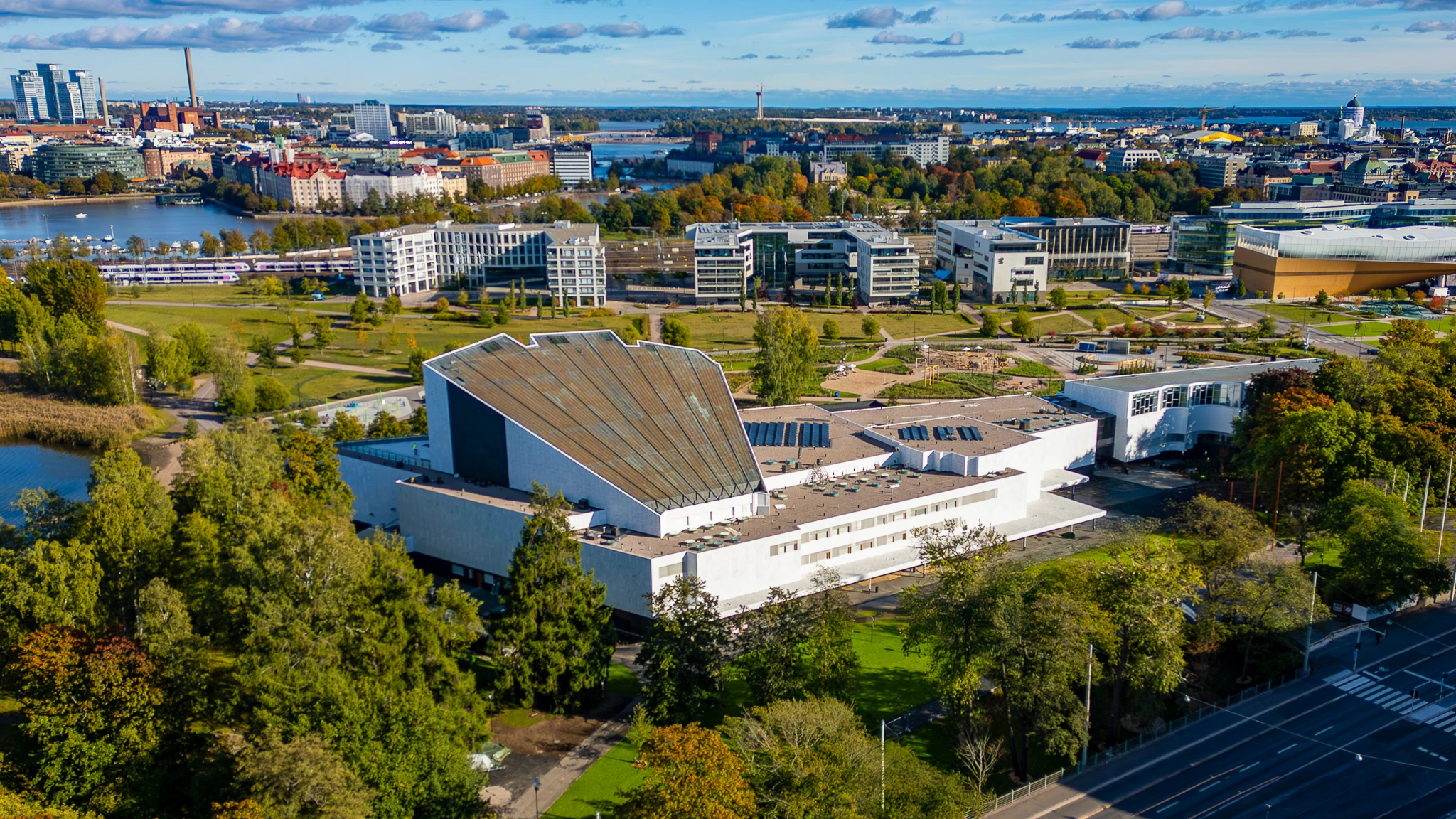
Finlandia Hall, Aalto’s 1971 architectural masterpiece, is a cherished part of Finland’s cultural heritage. Recently renovated by Architects NRT, the building now meets modern standards for accessibility and energy efficiency without compromising its architectural integrity, and new exhibition spaces and eateries have been added. As part of this renovation, two meticulously restored Aalto-designed apartments – once reserved for staff – have now been transformed into accommodation facilities, allowing visitors to spend the night in Aalto’s vision of practical beauty and authentic Finnish living.
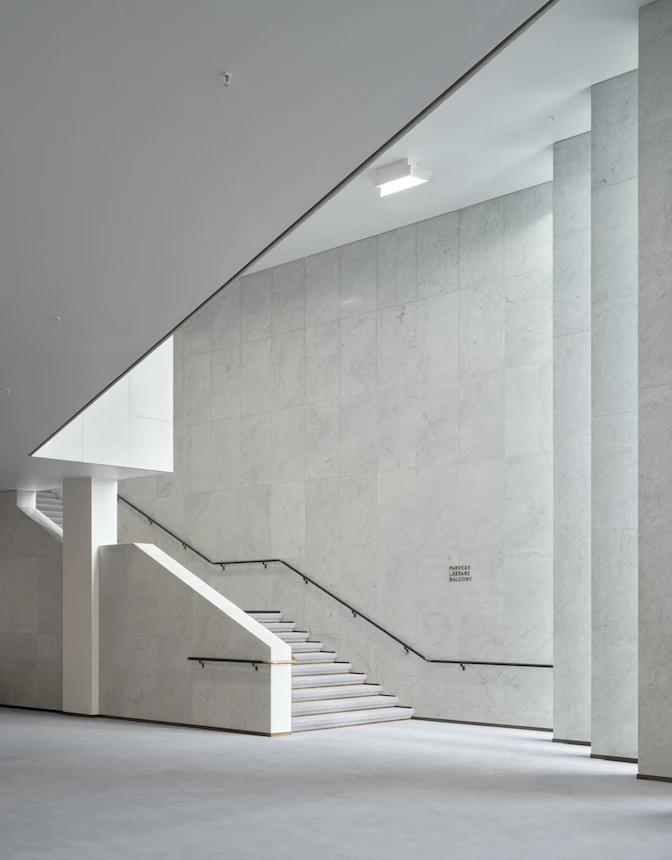
Aalto’s influence extends beyond buildings. The brand Artek, co-founded in 1935 by Aino and Alvar Aalto alongside Maire Gullichsen and Nils-Gustav Hahl, revolutionised furniture design by merging art and technology. As Artek marks its 90th anniversary in 2025, it remains a global ambassador of Finnish design, proving that ordinary objects can enhance quality of life. A leading e-boutique for over 300 brands including Artek, Finnish Design Shop understands the powerful connection between design, well-being and happiness. By curating a collection of exceptional objects, it delivers “pieces of Nordic happiness” to homes around the world. Its focus on well-crafted, sustainable products reflects the Finnish appreciation for quality and longevity.
“What’s remarkable is how modern and relevant the Aaltos’ furniture and lighting designs still feel today,” says Kiiski. “Good design is something that lasts and that brings joy every day. In Finland, good design is practically accessible to everyone. Well-designed products don’t necessarily have to be expensive or luxury items. Think of Iittala tableware, which you’ll find in most Finnish kitchens, or Marimekko’s home textiles. We also grow up with design from an early age, as many of us Finns are introduced to Artek tables and chairs in daycare. They’re everywhere, and they’re a perfect example of durable, timeless design.”
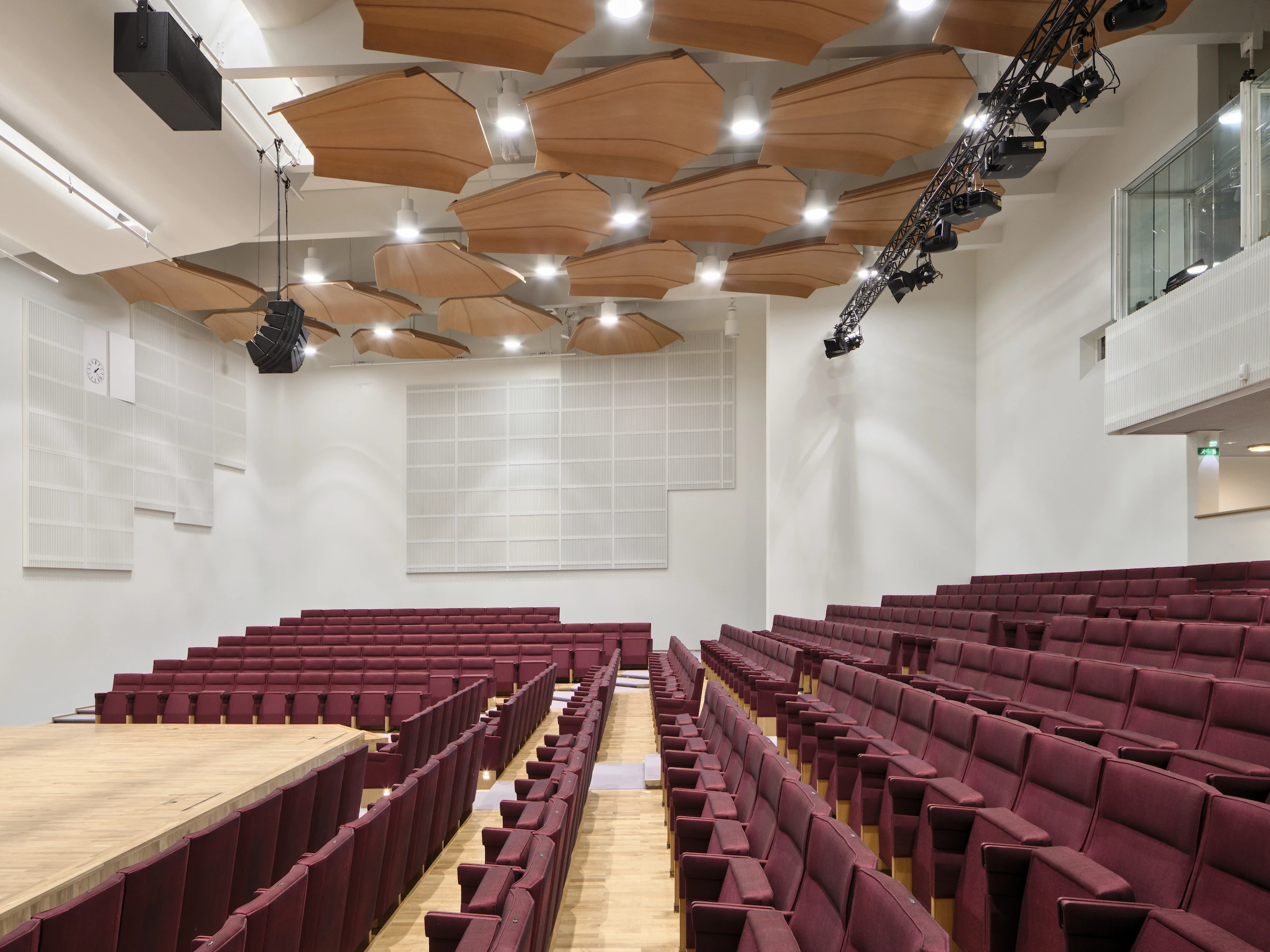
The late Yrjö Kukkapuro’s home-atelier embodies this philosophy that great design improves daily life. A pioneer of postwar Finnish design, he spent over 70 years creating furniture that blended experimental form, ergonomic function and deep respect for materials. Almost every Finn has, at some point, experienced the quiet joy of sitting in one of his chairs, whether in a metro station, school, bank or library. Studio Kukkapuro, built in 1968–69, is a remarkable reflection of his vision: a sculptural masterpiece with a gravity-defying, sail-like roof resting on three points. For decades, this concrete, steel and glass retreat was both a happy home and a creative laboratory for Kukkapuro and his wife, artist Irmeli. A globally recognised design destination today, its next chapter – as a museum and centre for design thinking and education – ensures that Kukkapuro’s legacy will carry on inspiring and evoking joy among future generations.
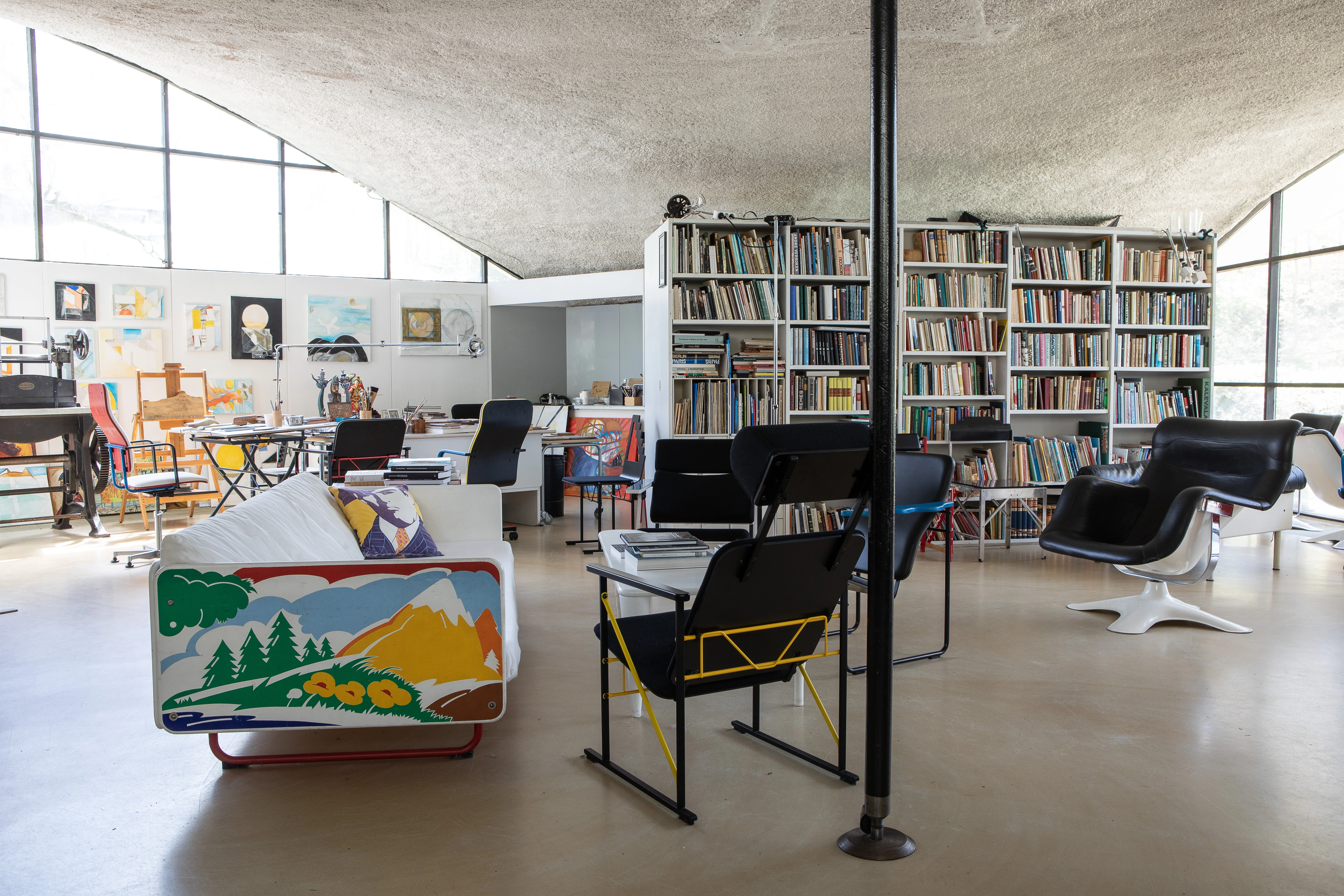
In Finland, design and architecture are not merely aesthetic considerations, but fundamental pillars of societal well-being. By advocating for sustainability, functionality and harmony with nature, Finnish architects and designers create spaces that foster security, inclusivity and happiness. From pioneering wooden architecture and rehabilitated cultural landmarks to rigorously-designed educational facilities, Finland provides a compelling model for how the built environment can benefit people’s lives. In a world searching for solutions to urban stress and ecological challenges, perhaps the key to happiness lies in the Finnish approach: design with purpose, build with care and always keep people at the heart of it all.
Also see: #interview: Architect Martin Brudnizki on designing Hong Kong's Deep Water Pavilia and luxury living


